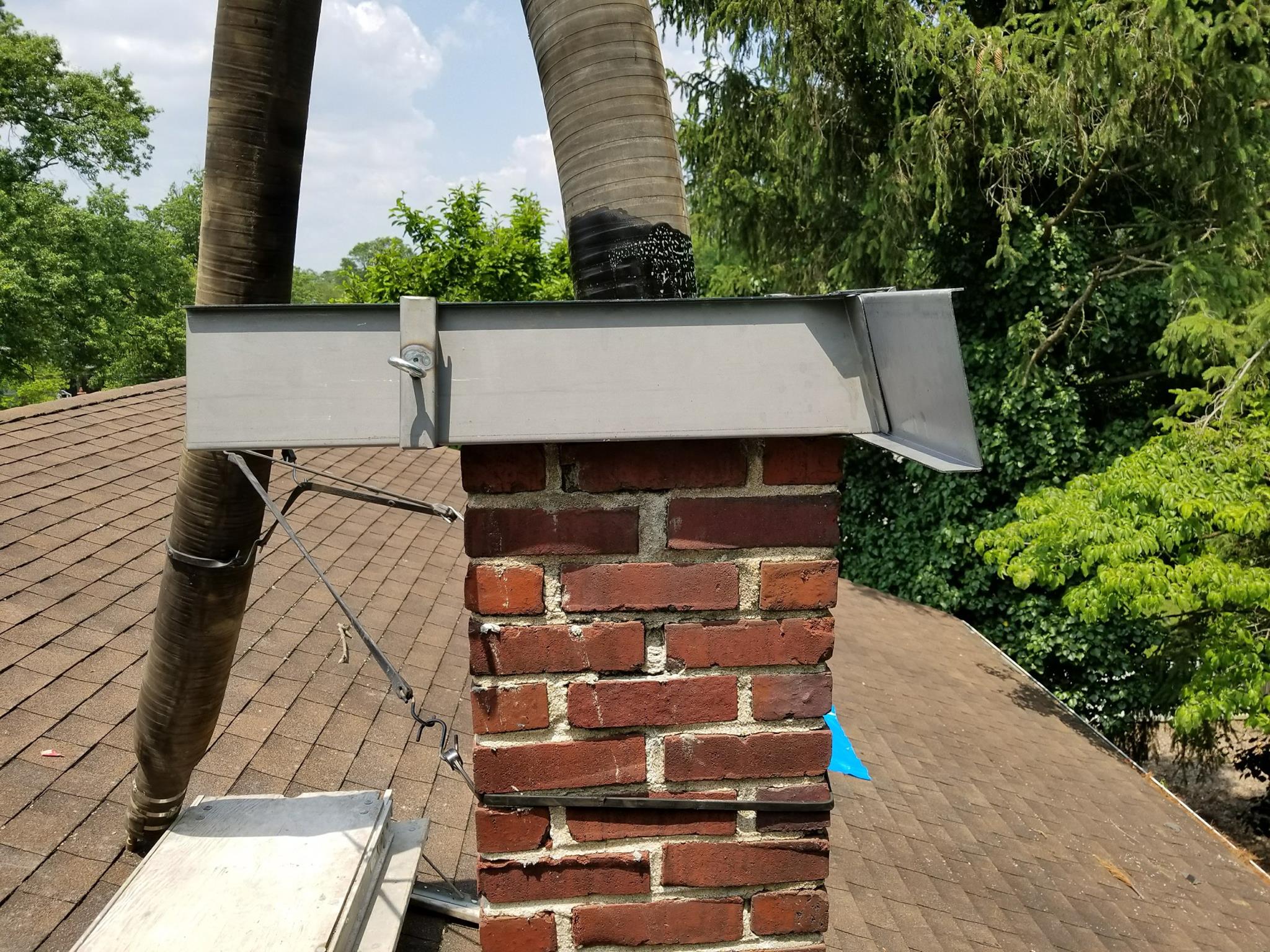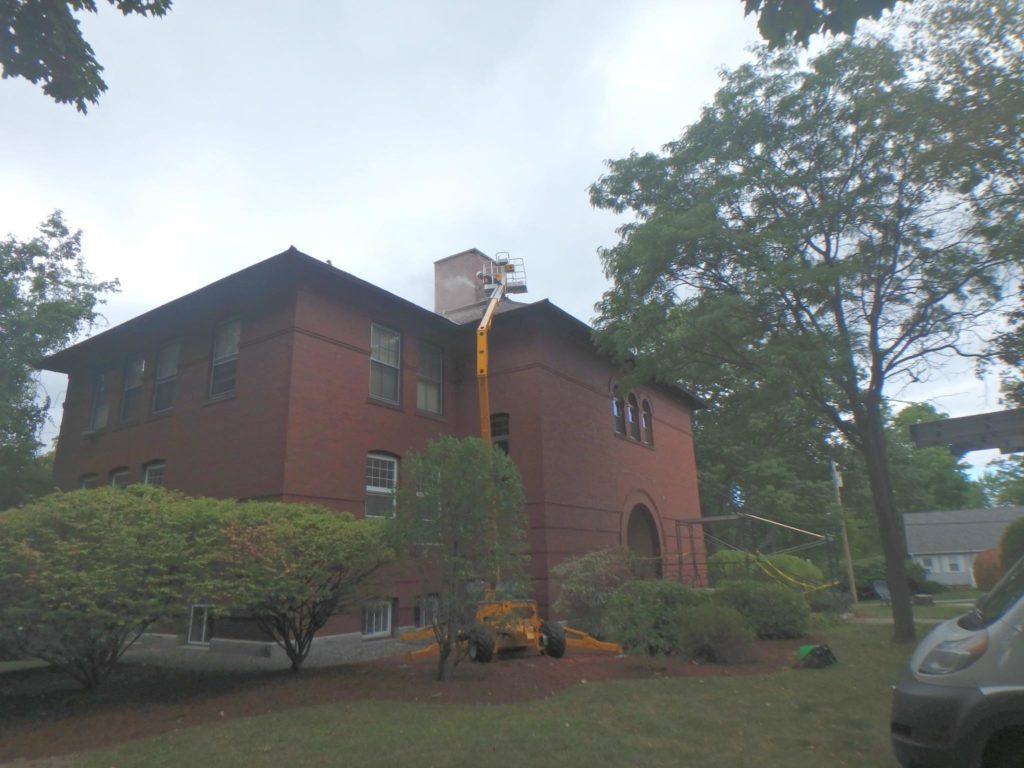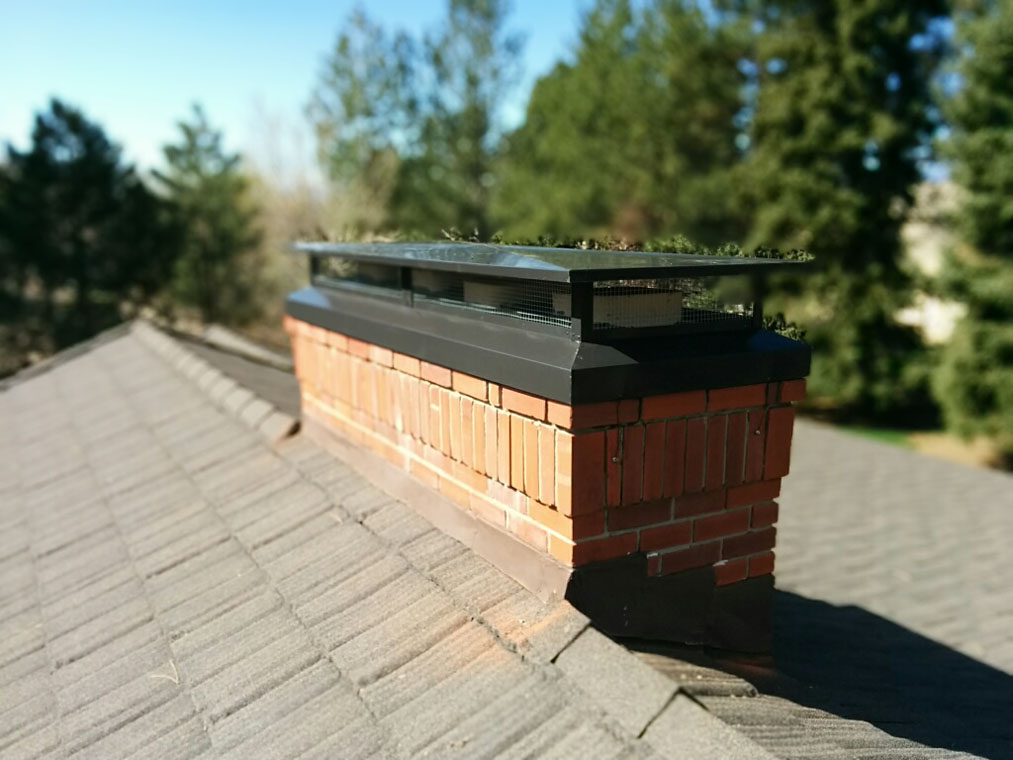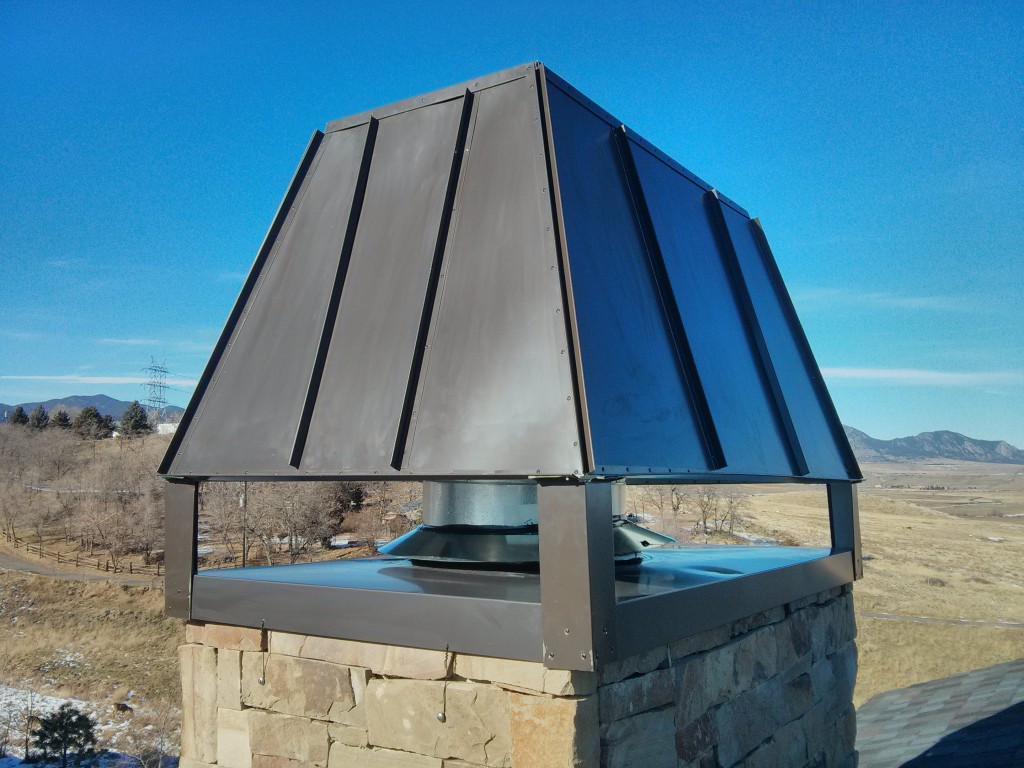During the cold winter, a fireplace helps to keep the house warm. Several components make up a fireplace, of which one of the essential parts is the chimney cap.
A chimney cap is a specially designed metal cover mounted on top of the chimney or fireplace. Chimney caps perform many essential functions. But at the same time, they come with several drawbacks. In this article, we explore the pros and cons of a chimney cap installation.
Pros
- Reduce moisture
This is arguably the most crucial function of a chimney cap. Without a chimney cap, rainwater, snow, and other forms of moisture will enter through the chimney. This moisture can damage the chimney liners, dampers, and even chimney mortar joints.
It can also foster the growth of mold and mildew in your chimney – not to mention the discoloration of the ceiling.
Without a chimney cap, excessive moisture will enter the living space, increasing the humidity, making the living space uncomfortable.
- Keep wildlife out
Just like humans, wild animals are also on the lookout for warm, cozy places to reside. The chimney perfectly fits that description. That’s why raccoons, opossums, pigeons, bats, and lots of other wildlife live in the chimney when given a chance. A chimney cap prevents them from gaining access.
- Block downdrafts
Just as chimneys allow the passage of air outside, they can also serve as a conduit for air to get inside. On windy days, moving air currents can form downdrafts, forcing air into your chimney. Without a chimney cap, this strong downwards wind pushes back smoke into your living space.
- Prevent fires
Chimney caps also help to prevent fires by burning the embers that exit the chimney. Without a chimney cap, these embers find their way into nearby trees and materials. This mechanism starts countless fires every year.
- Prevent blocked flues
From twigs to leaves to papers, all sorts of debris are always flying around, looking for a place to settle. Sometimes, animals like birds transport this debris to wherever they please. Without a chimney cap, what’s to stop this debris from entering the chimney and blocking the flue. Flammable materials right in the chimney is a severe fire risk,
Cons
- Clogging
Wire mesh is an integral part of a chimney cap. The mesh helps to keep animals outside. However, this mesh also reduces the available space for air to get out. With time, these screens can become clogged with creosote and soot.
A clogged chimney reduces the supply of oxygen in the fireplace, making it more difficult to light a fire. The accumulation of creosote or soot can also lead to the discoloration of the chimney and the roof in the surrounding brick.
What’s more, during heavy winter storms, snow and ice can build up around the mesh, preventing the adequate circulation of air.
High winds can also cause leaves and other types of debris to clog chimney caps, thereby reducing the overall efficiency.
- High cost
Unless you’re looking to purchase a low-grade galvanized steel chimney cap, you can expect to spend hundreds of dollars on a chimney cap. Some copper caps cost several hundred dollars to even thousands of dollars, depending on the size.
Finding the Right Balance
Chimney caps are significant because of their several benefits, but their drawbacks are also a real concern. At the end of the day, it’s all about finding the right balance. This can be achieved by selecting the perfect chimney cap for your building. A well-designed chimney cap will maximize the benefits while minimizing the drawbacks.
If you’re looking for such kinds of chimney caps at affordable prices, contact us today at Master Caps.







About The Author: Chad murray
More posts by chad murray